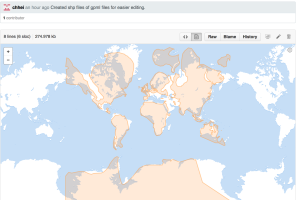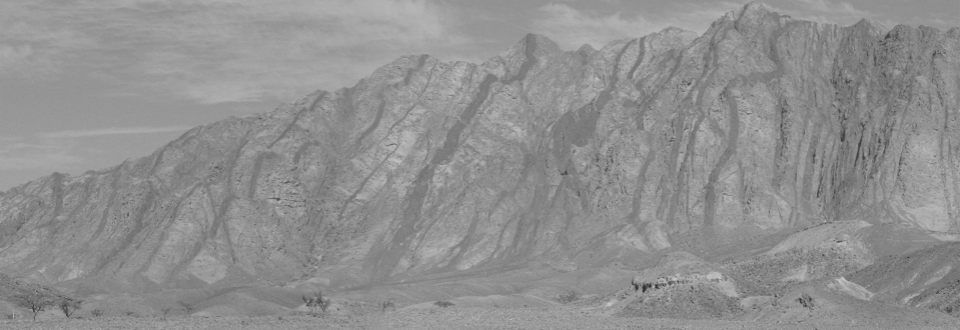Together with former Ph.D. student Logan Yeo, we’ve reverse-engineered a set of global paleoshoreline compilations by Golonka et al. (2006) [1] and Smith et al. (1994) [2] and taken them back from the age of “dark data” being only published in analogue form, to fully digital versions. The paleoshoreline models are made available publicly in different formats, ready to be reconstructed with GPlates using different plate models. The data is published on the web alongside the paper (in press) in the Australian Journal of Earth Sciences (Heine, Yeo & Muller: Evaluating global paleoshoreline models for the Cretaceous and Cenozoic, Aust. J. Earth Sciences, in press) and they show the evolution of land area over time from ~150 Ma to the present according to the two different paleoshoreline estimates.
The files are available on my GitHub page here in *.gpml, *.geojson and *.shp format and can be viewed online. Unfortunately it doesn’t seem to be possible to embed the map on wordpress.com – I originally envisaged some funky webX.X embedded mapping here, but no. Instead web1.0 style links to follow for a sneak peek and some screenshots below:
- Golonka et al. (2006) models (examples):
- Smith et al. (1994) models:
The rendering through GitHub is fast and allows a quick overview about the global and regional paleoshoreline locations, allowing zooming in and panning.

Paleoshorelines in the Golonka model for the 139-123 Ma time slice rendered from a geojson file live on GitHub. The colored area inside the polygon is equivalent to interpreted land (above sealevel) in the given time interval.
Another option to access the data is to use the version on CartoDB and interactively query and alter the data.
References:
[1] GOLONKA J., KROBICKI M., PAJAK J., VAN GIANG N. & ZUCHIEWICZ W. 2006. Global Plate Tectonics and Paleogeography of Southeast Asia. Faculty of Geology, Geophysics and Environmental Protection, AGH University of Science and Technology, Arkadia, Krakow, Poland.
[2] SMITH A., SMITH D. G. & FURNELL B. M.1994. Atlas of Mesozoic and Cenozoic coastlines. Cambridge University Press, 112 p. Cambridge, United Kingdom.

